Written by R. Ann Parris on The Prepper Journal.
Editors Note: Another guest contribution from R.Ann Parris to The Prepper Journal. As always, if you have information for Preppers that you would like to share and be entered into the Prepper Writing Contest with a chance to win one of three Amazon Gift Cards with the top prize being a $300 card to purchase your own prepping supplies, then enter today!
Information is hugely important to success in any endeavor. We have to know what’s going on to best respond. There are all kinds of clues we can take from our surroundings and the skies to fill in some of the gaps the loss of the internet leaves, but a biggie is going to be just finding things. Many of us know our immediate towns well, although we might not be intimately familiar with all the back alleys of every community and crossroad in our county. If the grid is down for any amount of time, locating resources in less-known or new places is going to get a whole lot harder.
There are any number of reasons we might go looking for something – or anything. We might develop a community that ends up needing a resupply, be part of a nomadic community that forms, or be hoofing it home from afar.
Information about where we are and what’s around us can dictate which roads we parallel or which direction we head. Never having been in an area before, we can still find places to seek refuge and supplies, as well as areas to give wide berths.
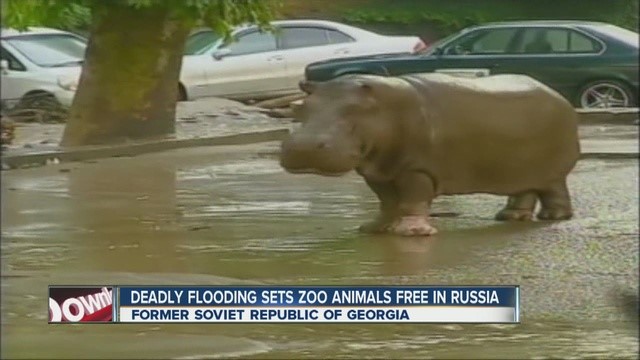
For example, I might think it’s a great idea to hit a park with old Indian caverns since there’s water, fishing, foraging, shelter, and maybe still canoes. However, I might not if I know they have their own zoo or are right beside a big cat sanctuary, given the number of caretakers who might release their charges to give them a chance.
I for sure do not want to tromp through the vicinity of a drive-through safari park that uses hot lines, chain link, and moats if there have been storms dropping trees. I walked in on that episode of The 100. I do not want to annoy a gorilla.
(The 100, by the way, is gorier than I’d have expected a CW show for/about young adults to be, and did not in some hit-and-miss scrolling appear to actually have any useful survival tips, if it was on your watchlist.)
Depending on the type of disaster – its speed, duration, and effects – schools and various correctional facilities might be excellent locations to aim for. If they were evacuated and have not yet been re-occupied, they can be great sources for food, bottled drinks, hygiene and medical supplies, clothing, weapons in many cases (guards, but also confiscated items), and tools.
The flip side is that some inmates are really bad guys, and some schools are shelters. Depending on the time of year and even the day of the week and their delivery schedule, there may or may not be anything left in them as far as foods go, either in cafeterias or in the staff room or snack carts and vending. Still, if I’m in month/year six and have assimilated a group of refugees or a growing compound, it might be worth checking for cleaning supplies, trash bags with their many uses, trash cans for water catchment or container planting, and windows to extend the season.
So how do we find these, and check for risks or other useful locations that might be near them, without our handy smart phone and computer? We pass the answers on pretty much every shopping trip, and can keep an eye out for them when we’re “shopping” after a disaster as well.
Phone Books
A local-area phone book can be a goldmine of information. Sometimes they contain only bare-bones, general maps, but there are sometimes more detailed sections. Some of the ads will actually have maps on them, too. They’re small and bare-bones, too, but usually there’s a reference from a major roadway nearby.
Those ads are particularly useful, but we can also check the white and yellow page listings for things like animal control (live traps, sometimes to regularly buckets and catch poles, radio equipment), hardware stores, hotels, schools, distribution centers (the places where semi trucks pick up and deliver all the things that make it to our store shelves), assisted living and nursing homes, seed and feed distributors, restaurants (we’ll detail that a little more in a minute), lockups, and various factories.
The books themselves have a ton of uses (now as well as later), but the information they offer is an enormous resource, too.
Brochures for Area Attractions
At the front of hotels and welcome centers, there’s usually a rack of glossy pamphlets. Those can give us a big boost for things to hit – or, as mentioned previously, to avoid. With them, we can find parks with fishing, camping and RV locations, some of the restaurants in the area, and oddballs like a wine trail or microbrewery, “Tigers for Tomorrow”, and an unclaimed luggage store.
Museums might get marked “skip it” as a resource center, but they have concessions and sometimes cafeterias and are unlikely to be on the top of the list for others to scavenge. Casinos, too.
Ball parks are among the many that now get a lot delivered fresh and may very well be an evacuation shelter, but they also have shelf-stable cheese and chili for the dispensers (freakish, I know) and other canned goods, powder mixes and bottled drinks, team shower facilities, tons of coolers and cleaning supplies, team-logo clothing and blankets, and umpteen paper products.
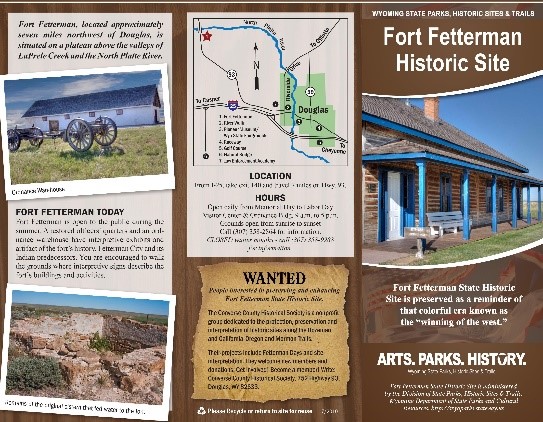
One of the charming aspects of those brochures is that most of them still include a map or turn-by-turn directions from a major roadway or the compass points. That can be super useful in a world where our phones and cars no longer give us directions on command.
There’s also usually a stack of phone books somewhere behind hotel reception desks. That desk area can also be a source for a pretty nicely detailed map of the area – even at the Motel 6 and Knight’s Inn level of lodging.
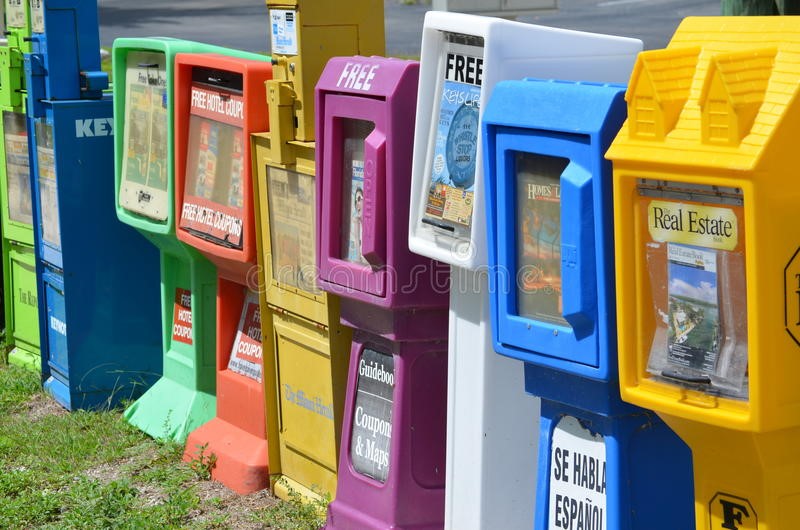
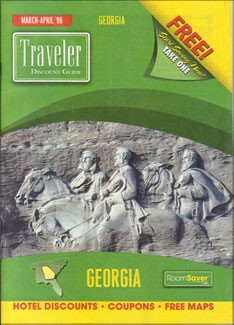
Freebie Publications
In front of all kinds of storefronts but especially supermarkets, there are stands with freebie papers and magazines. Some of them aren’t overly useful, but there are a few that can be huge helps whether we’re working in our local area or just passing through.
There are usually some vehicle-sales and real estate oriented books in there with them. A rental or a bank-owned/foreclosed home that was uninhabited at the start of a disaster stands a better chance of not encroaching on anyone’s territory, making for a safer temporary abode for foraging, resting, getting out of weather, curing game or fish, or recovering from an injury. Most private sales aren’t going to give you more than a phone number these days, but the dealerships can also be places to scout for a replacement part for our vehicle that can be salvaged or traded for, or net a vehicle that can actually be driven without a key (in dire emergencies with few survivors anywhere).
We commonly need a good map to take advantage, but if we can find one or make a list of cross streets to remember, we can find some useful locations in those freebie paper listings and advertisement pages. That can include locations of restaurants that may have less-obvious food sources the average looter overlooks, oil for biofuel, mechanics, and stores where the foods and drinks at most counters will have been overlooked, like a Marshal’s, Hobby Lobby, or Petco.

What, Where and When
By type of disaster and the type of scrounging being done – a person or a handful on foot or in a single vehicle, or a convoy going out for a surviving community – the risks and needs change. So will the locations with the most possibilities for us. If we’re avoiding attraction and well into a disaster, we’re more likely to skip over some of the “obvious” locations and those in dense areas. We might work outskirts instead, and focus on locations that were probably hit for one thing, but maybe not another or everything.
An example of that would be heading for a fuel processing plant or distributor instead of a gas station, or hitting that gas station with a sledge hammer to go through the CMU brick (as opposed to using weed eater cord to defeat the metal plate or trying to pick a high-value lock – not my best skillset) to check for food, drinks, tools, and bags in supply rooms instead of trying to siphon fuel from empty tanks with my handy garden hose and bike pump.
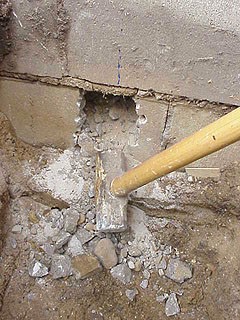
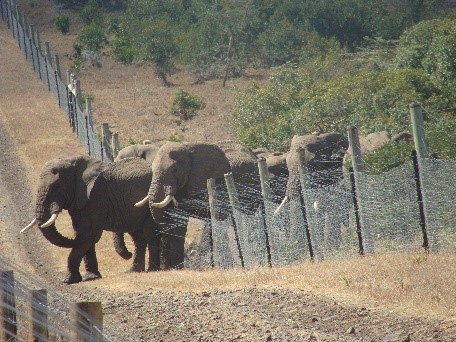
I might opt to skip a zoo in most situations. On the other hand, if I have buddies to watch my sides and back with a .3-something caliber repeater and I’m pretty sure I’ll survive the mental trauma that’s waiting when animals get locked up and abandoned, that zoo might be a handy source for animal feed, concession or vending locations, and hunting opportunities. Almost all of them will have buckets, tools, and cleaning supplies. If it’s empty, there’s fencing and barbed wire. There may still be veterinarian supplies.
I might even luck out and some of the petting zoo or tamable critters have survived the loose lioness or hippos, and I can convince them to come live with me since I’m there anyway (with my armed guards in case the gorillas survived, too).
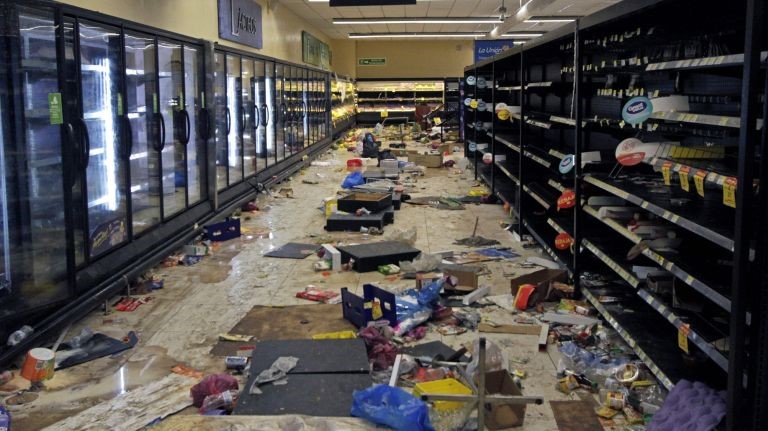
Some of the locations to consider scouting for supplies are:
– Veterinarian offices, to include racetracks and sanctuaries
– Distribution centers – both manufacturer goods and end-point retailers (Mars and Buffalo Rock, as opposed to Target), or something like a Wakefield that services distribution and warehousing for other companies
– Construction and renovations sites and companies
– Towing and vehicle maintenance services
– Vehicle fleet services, especially with heavy diesel ratios or rental trucks/cars but including the power company, pest control companies, internet providers, and others that maintain a fleet
– Hotels, casinos, museums, civic centers
– Rental storage units (vehicles and sale supplies; contents vary wildly)
– Clinics, hospitals, nursing homes, assisted living facilities
– Zoos, sanctuaries, petting zoos, animal control, humane societies
– Animal, automobile, and antiques auction houses
– Building and earth-moving equipment rental companies
– Restaurants, cafeterias, caterers, and vending supply companies
– Nurseries, you-pick orchards and berry farms, nursery suppliers
– Universities, junior colleges and high schools; elementary grade schools
– Rental homes, foreclosure/bank-owned real estate
Remember, what we’re looking for isn’t always the obvious. Hospitals might be devoid of drugs and have run through generator fuel, but that generator may still be there and I might be after buckets, cleaning supplies, and linens. I might have my fingers crossed for a ride, but a vehicle fleet is also “just” a source of fuel, tires, oil, coolant, and batteries as well as other supplies whether it’s Enterprise, Verizon, or Bubba-Bob’s Construction.
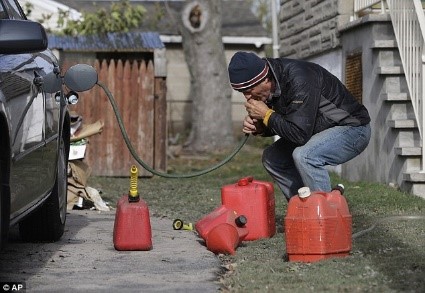
What’s useful changes by our specific situation. How worth it a trip is varies, too, on our situation and the most-likely yields waiting for us. Worth an overnighter or if it’s in a direction that’s as good as any other? Maybe. But I’m not kidding about having buddies and the right firearms if it’s near a zoo.
On the other hand, if bad guys get me and I paid attention to the information around me and thus know there’s a zoo within a reasonable distance, I’m totally leading/sending them there and rooting for the gorillas, gators, and bears. Intel has all kinds of uses. We just have to collect and apply it.
Follow The Prepper Journal on Facebook!
The post Grid-Down Intel: Finding Resources appeared first on The Prepper Journal.
from The Prepper Journal
Don't forget to visit the store and pick up some gear at The COR Outfitters. How prepared are you for emergencies?
#SurvivalFirestarter #SurvivalBugOutBackpack #PrepperSurvivalPack #SHTFGear #SHTFBag


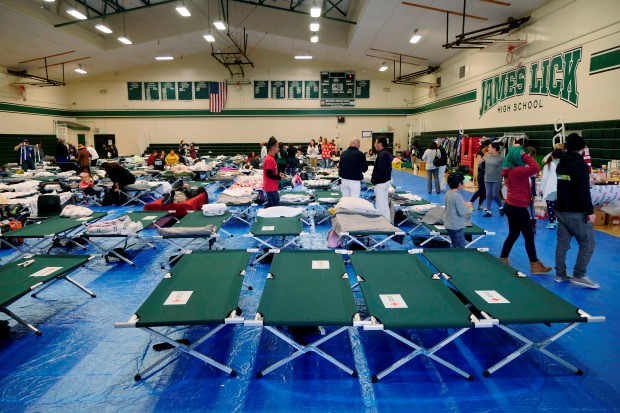
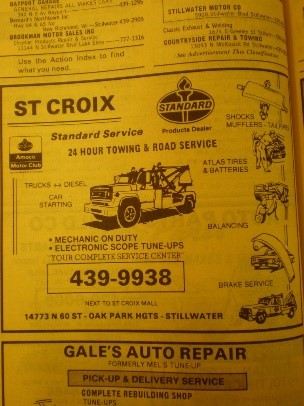
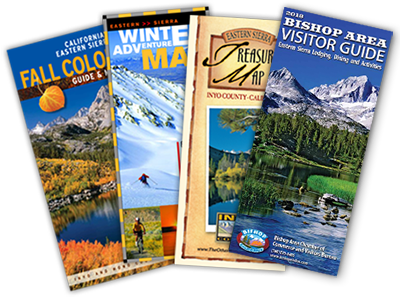


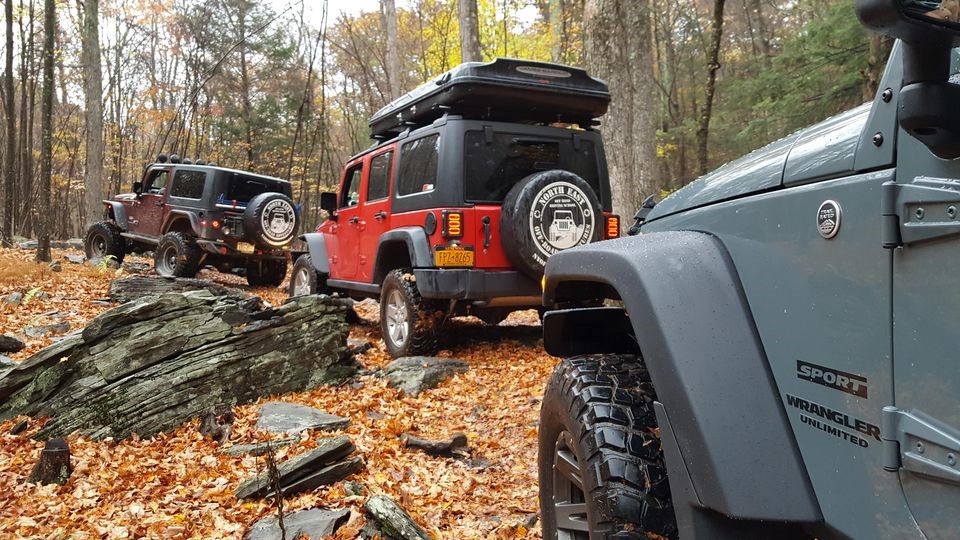
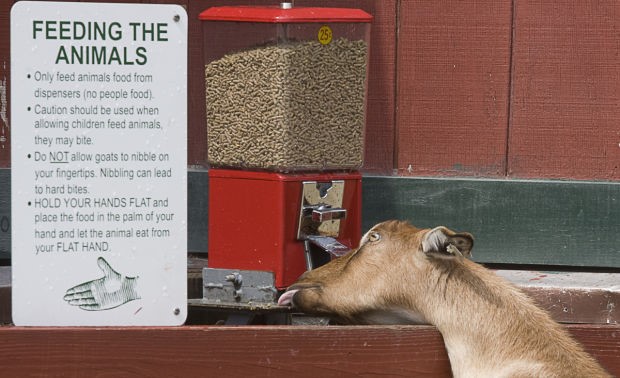
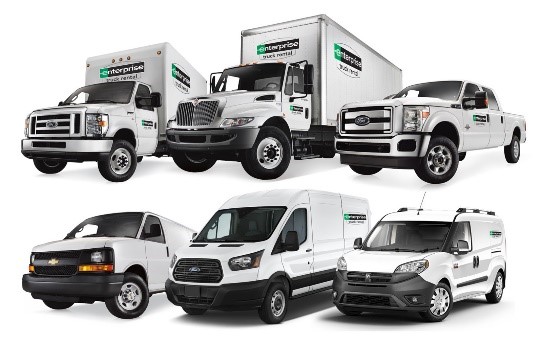
No comments:
Post a Comment